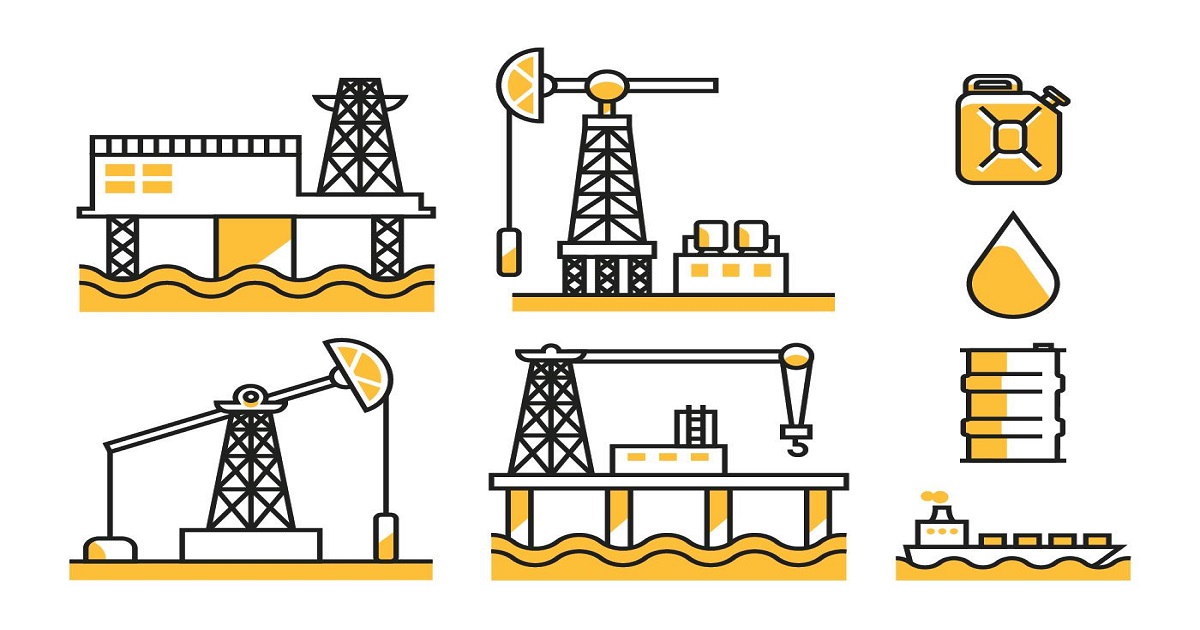- 2.5Impact Factor
- 5.5CiteScore
- 20 daysTime to First Decision
Advances in Oil and Gas Storage, Transportation, and Safety
This special issue belongs to the section “Energy Science and Technology“.
Special Issue Information
Dear Colleagues,
The application of oil and gas storage and transportation technology in the production process of oil and gas fields can store and transport the oil and gas products and deliver them to users to meet demand. The mode of pipeline transportation of oil and gas is prominent. Combined with the characteristics of long-distance pipeline transportation, automatic control and management is implemented to continuously improve the efficiency of oil and gas storage and transportation. There are many safety risks in oil and gas storage and transportation. Due to the flammable and explosive characteristics of oil and gas, oil and gas leakage accidents during storage and transportation can easily lead to fire and explosion accidents, and even cause human poisoning, resulting in environmental pollution accidents. Therefore, it is very necessary to pay attention to safety management in the process of oil and gas storage and transportation. The key technical measures of oil and gas storage and transportation include technical measures to reduce the evaporation loss of oil and gas, technical measures to prevent the generation of static electricity, etc., to create favourable conditions for the safe storage and transportation. The effective storage and transportation of oil and gas can improve operational safety. In view of the cases of safety accidents in oil and gas storage and transportation in oil and gas field production sites, the causes of accidents are first analyzed. Subsequently, the most effective technical measures are taken to reasonably avoid safety risks, ensure the normal operation of oil and gas storage and transportation, and meet the technical requirements of oil and gas field production and operation management.
In this Special Issue, we welcome contributions concerning recent advances applied to oil and gas storage, transportation, and safety. We invite researchers to forward this information to team members and colleagues who may also be interested in the topic. We look forward to receiving submissions, and we remain at the disposal of scholars to give additionally information.
Prof. Dr. Yanbao Guo
Dr. Junqiang Wang
Guest Editors
Manuscript Submission Information
Manuscripts should be submitted online at www.mdpi.com by registering and logging in to this website. Once you are registered, click here to go to the submission form. Manuscripts can be submitted until the deadline. All submissions that pass pre-check are peer-reviewed. Accepted papers will be published continuously in the journal (as soon as accepted) and will be listed together on the special issue website. Research articles, review articles as well as short communications are invited. For planned papers, a title and short abstract (about 250 words) can be sent to the Editorial Office for assessment.
Submitted manuscripts should not have been published previously, nor be under consideration for publication elsewhere (except conference proceedings papers). All manuscripts are thoroughly refereed through a single-blind peer-review process. A guide for authors and other relevant information for submission of manuscripts is available on the Instructions for Authors page. Applied Sciences is an international peer-reviewed open access semimonthly journal published by MDPI.
Please visit the Instructions for Authors page before submitting a manuscript. The Article Processing Charge (APC) for publication in this open access journal is 2400 CHF (Swiss Francs). Submitted papers should be well formatted and use good English. Authors may use MDPI's English editing service prior to publication or during author revisions.
Keywords
- oil and gas
- pipelines
- storage and transportation facilities
- security technology
- corrosion
- safety science
- safety evaluation
- early warning technique

Benefits of Publishing in a Special Issue
- Ease of navigation: Grouping papers by topic helps scholars navigate broad scope journals more efficiently.
- Greater discoverability: Special Issues support the reach and impact of scientific research. Articles in Special Issues are more discoverable and cited more frequently.
- Expansion of research network: Special Issues facilitate connections among authors, fostering scientific collaborations.
- External promotion: Articles in Special Issues are often promoted through the journal's social media, increasing their visibility.
- e-Book format: Special Issues with more than 10 articles can be published as dedicated e-books, ensuring wide and rapid dissemination.

